When “safe driving” first appeared, it might have meant avoiding horse-drawn carriages. But as cars sped up and accidents became more dramatic, automotive safety shifted from “hope nothing happens” to “let’s make sure something doesn’t happen, or at least keep the driver alive.” Over the years, cars introduced features that saved lives, not just by ensuring the cupholders were easily accessible. Here are 12 trailblazing cars!
1959 Volvo PV544: The First 3-Point Seatbelt

The name Volvo has become synonymous with safety. In 1959, Volvo introduced the 3-point seatbelt in the Volvo PV544, arguably one of the greatest inventions in automotive safety. And it wasn’t a happy accident either—Volvo’s Nils Bohlin, an aerospace engineer, was tasked with finding a way to make sure people didn’t catapult through the windshield during a crash. The beauty of Bohlin’s design was its simplicity: a belt that spread out the force of a crash across the chest and pelvis. Also, Volvo didn’t patent the invention to hoard profits. They released it to the world for free!
1966 Oldsmobile Toronado: Front-Wheel Drive for the People

Before front-wheel drive was cool, it was seen as some quirky engineering from Europe. But Oldsmobile? They thought they’d give it a whirl, and the 1966 Oldsmobile Toronado was born. It wasn’t just about getting better traction in snow and improving control in emergencies. Front-wheel drive helps prevent wild fishtailing moments. The Toronado won Motor Trend’s Car of the Year award, making Americans think, “Hey, maybe this front-wheel drive thing is onto something.”
1973 Mercedes-Benz S-Class: The Birth of the Crumple Zone
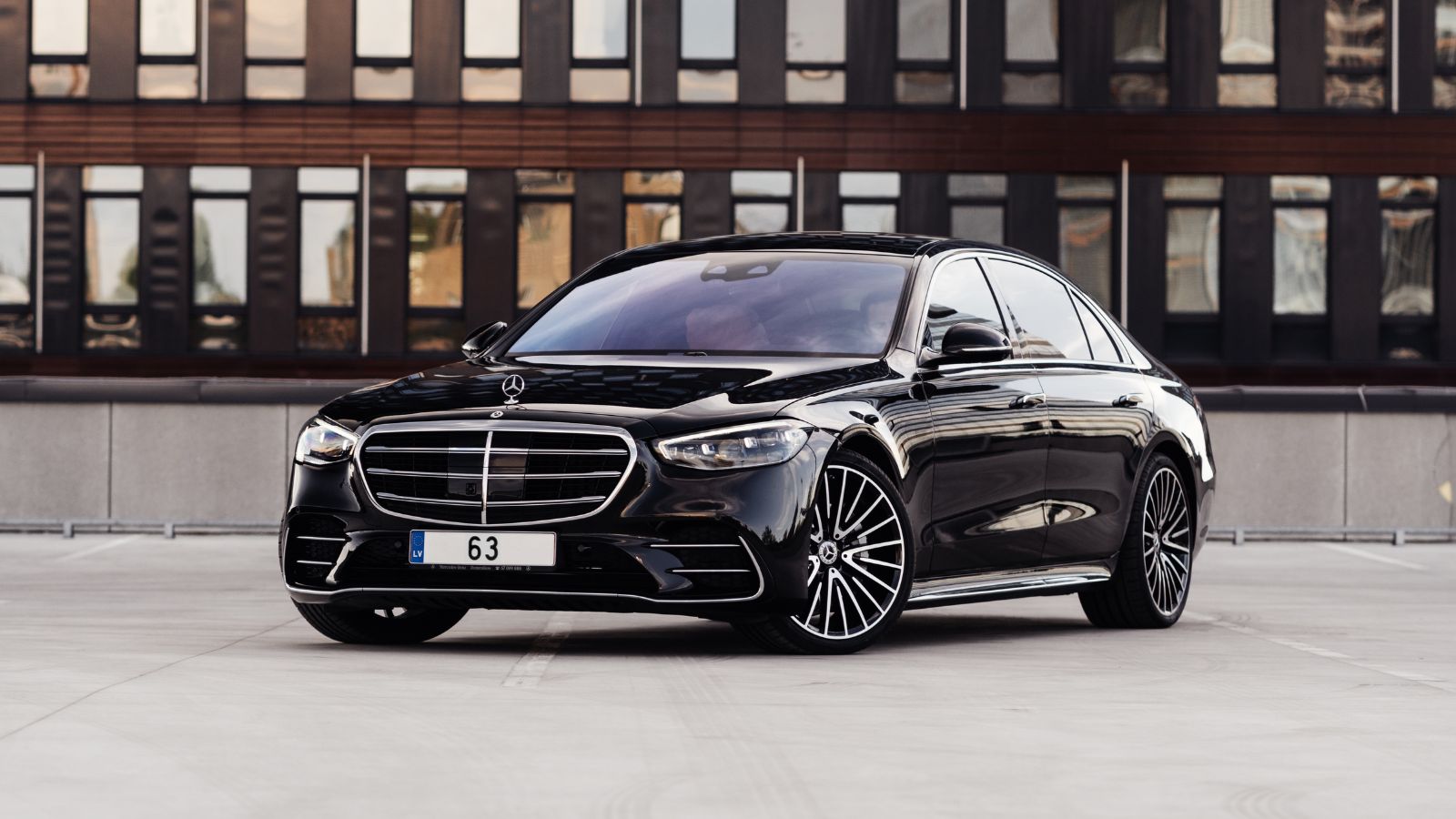
If seatbelts were the bread, then the crumple zone is the butter of modern automotive safety. And if Mercedes-Benz had a middle name, it would probably be “over-engineered brilliance.” Enter the 1973 Mercedes-Benz S-Class, where Béla Barényi’s idea of crumple zones became a reality. Barényi, an Austrian-Hungarian engineer, believed that cars shouldn’t be rock solid in a crash. Instead, they should absorb the impact, bending, and crumpling to protect the precious humans. The S-Class ensured that physics would take its toll on the car, not its occupants.
1974 Buick Electra: The First Airbags (Sort of)
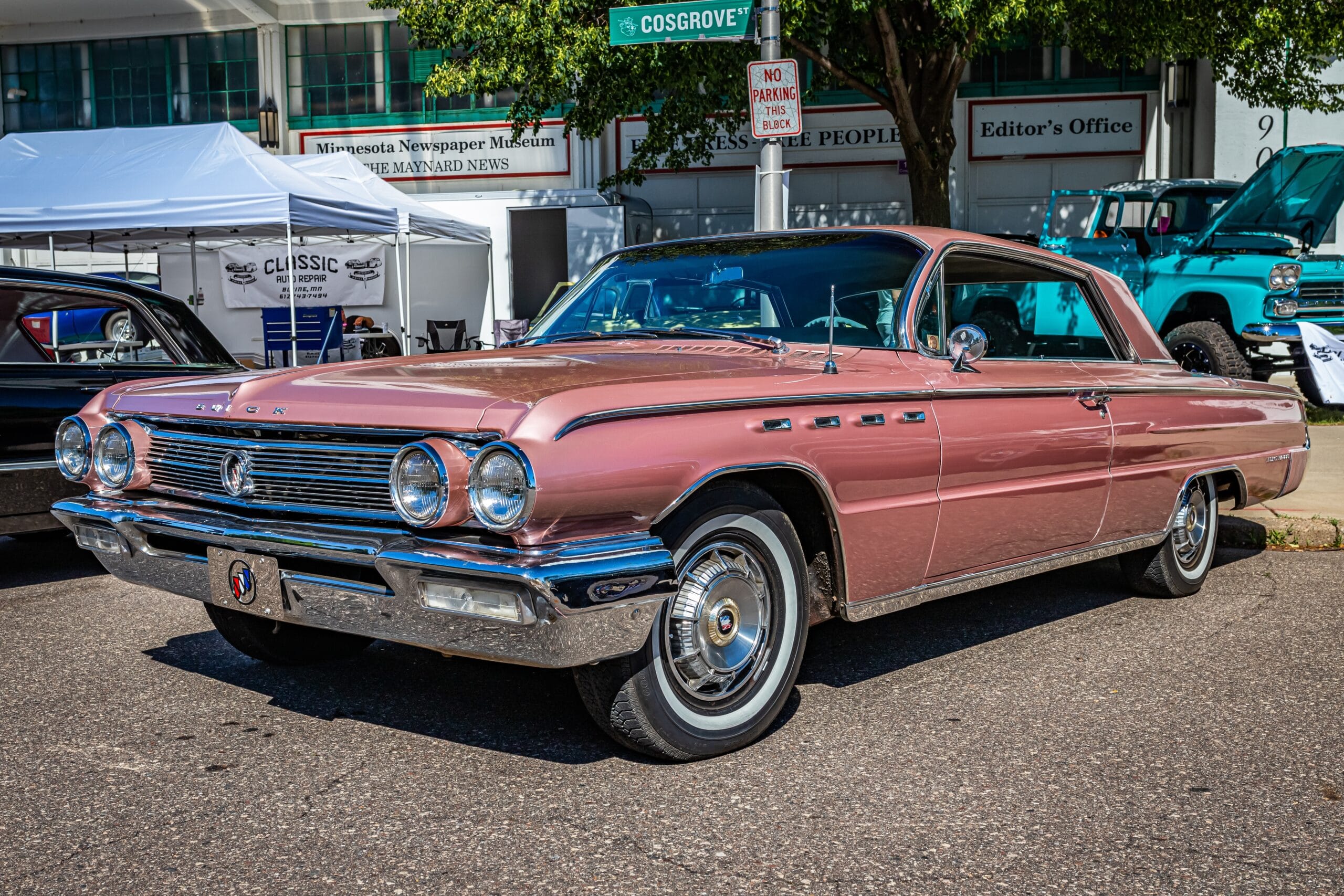
Airbags might seem the go-to for action movies involving slow-motion explosions, but they had to start somewhere. General Motors was ahead in the 1970s and debuted its Air Cushion Restraint System (ACRS) in the 1974 Buick Electra. While it wasn’t an instant hit (mostly because people didn’t know what to make of giant balloons popping out of their steering wheels), it laid the groundwork for the mandatory airbags we enjoy today. Did it save lives? Absolutely.
1981 Mercedes-Benz S-Class (Again!): ABS Brakes

In 1981, Mercedes-Benz the first mass-produced Anti-lock Braking System (ABS) in their S-Class models. ABS wasn’t just a fancy acronym to make your car sound cooler; it was designed to keep your wheels from locking up during braking. Imagine braking hard on a wet road without ABS—you’d likely skid like you were starring in your ice capade. The system was initially a collaboration between Mercedes and Bosch (because, of course, the Germans were involved). Today, ABS is as standard as cupholders and infotainment screens.
1990 Mazda Miata: Pop-Up Headlights for the Win

Pop-up headlights aren’t the epitome of “groundbreaking safety.” But hear us out: The 1990 Mazda Miata brought them back into style, along with the sheer joy of driving a tiny, responsive roadster. The Miata was light, agile, and low center of gravity. While the headlights themselves didn’t do much for crash protection, the lightweight design meant the car was incredibly maneuverable, helping drivers avoid accidents in the first place. Plus, pop-up headlights are just plain fun, and let’s be honest, feeling good behind the wheel is half the battle when it comes to being a safe driver.
1994 Volvo 850: Side-Impact Airbags Make Their Debut

When you think of Volvo and airbags, you probably imagine a fortress of inflatable cushions wrapping around you. The 1994 Volvo 850 was the first car to introduce side-impact airbags, ensuring that your front and sides were protected from crashes. Sure, the 850 looked like a fridge on wheels (no offense, Sweden), but it set the standard for side-impact safety. The Volvo team realized that not all accidents come from the front or back, sometimes from the side, especially in urban traffic. Side airbags went mainstream after this
1997 Cadillac Deville: Night Vision Technology
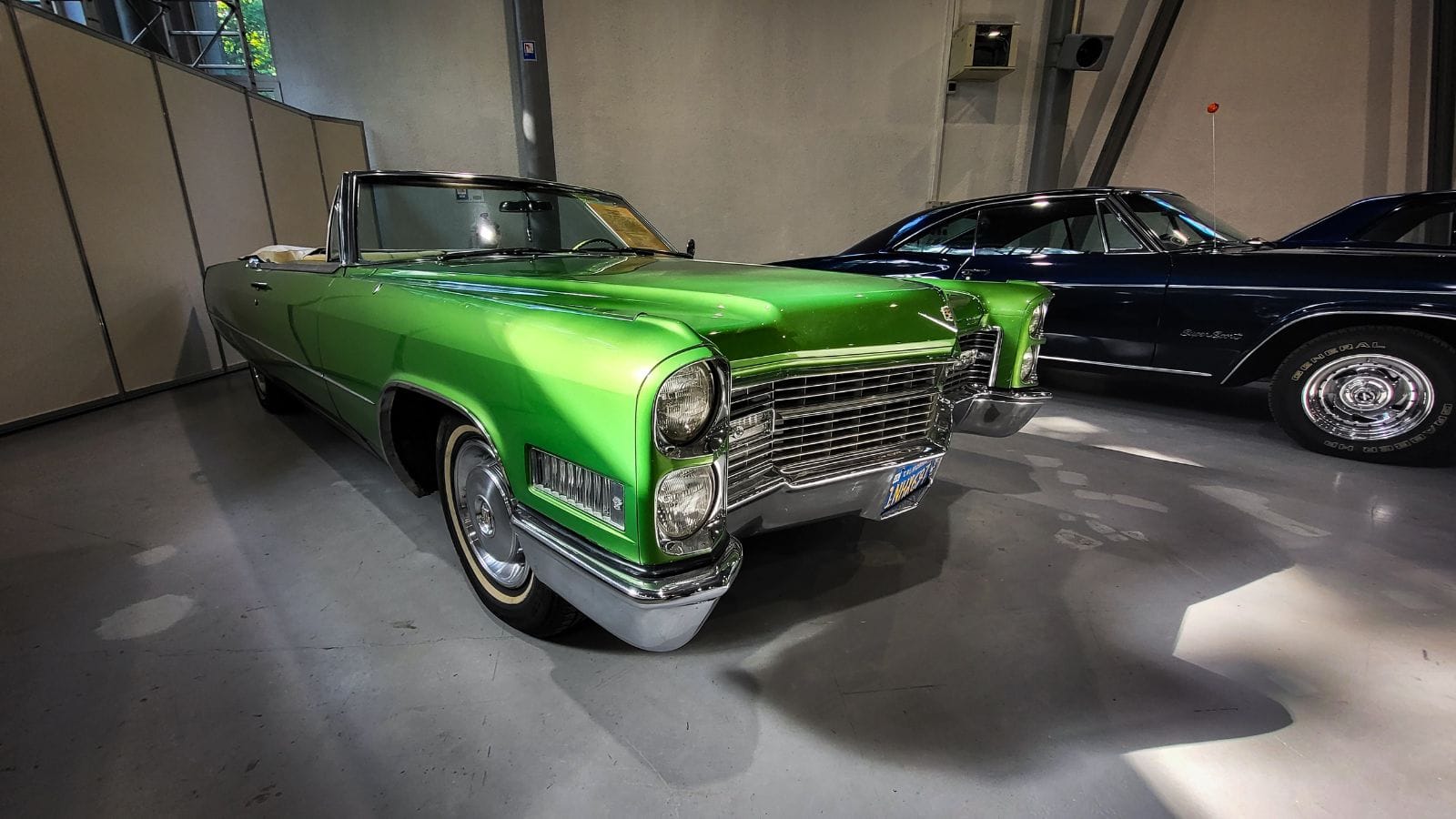
Imagine this: It’s 1997, and you’re cruising around in your Cadillac Deville, feeling like you’re in a spaceship because your car has night vision. That’s right—Cadillac was the first to introduce night vision technology, a feature more common in military operations than daily driving. While it didn’t make you Batman, it sure did help you see objects in low-light conditions, making night driving a little less nerve-wracking. Of course, it wasn’t perfect, and some thought it was more of a gimmick than a necessity. Still, it paved the way for future innovations in visibility, like adaptive headlights and pedestrian detection systems.
2002 BMW 7 Series: iDrive Infotainment System
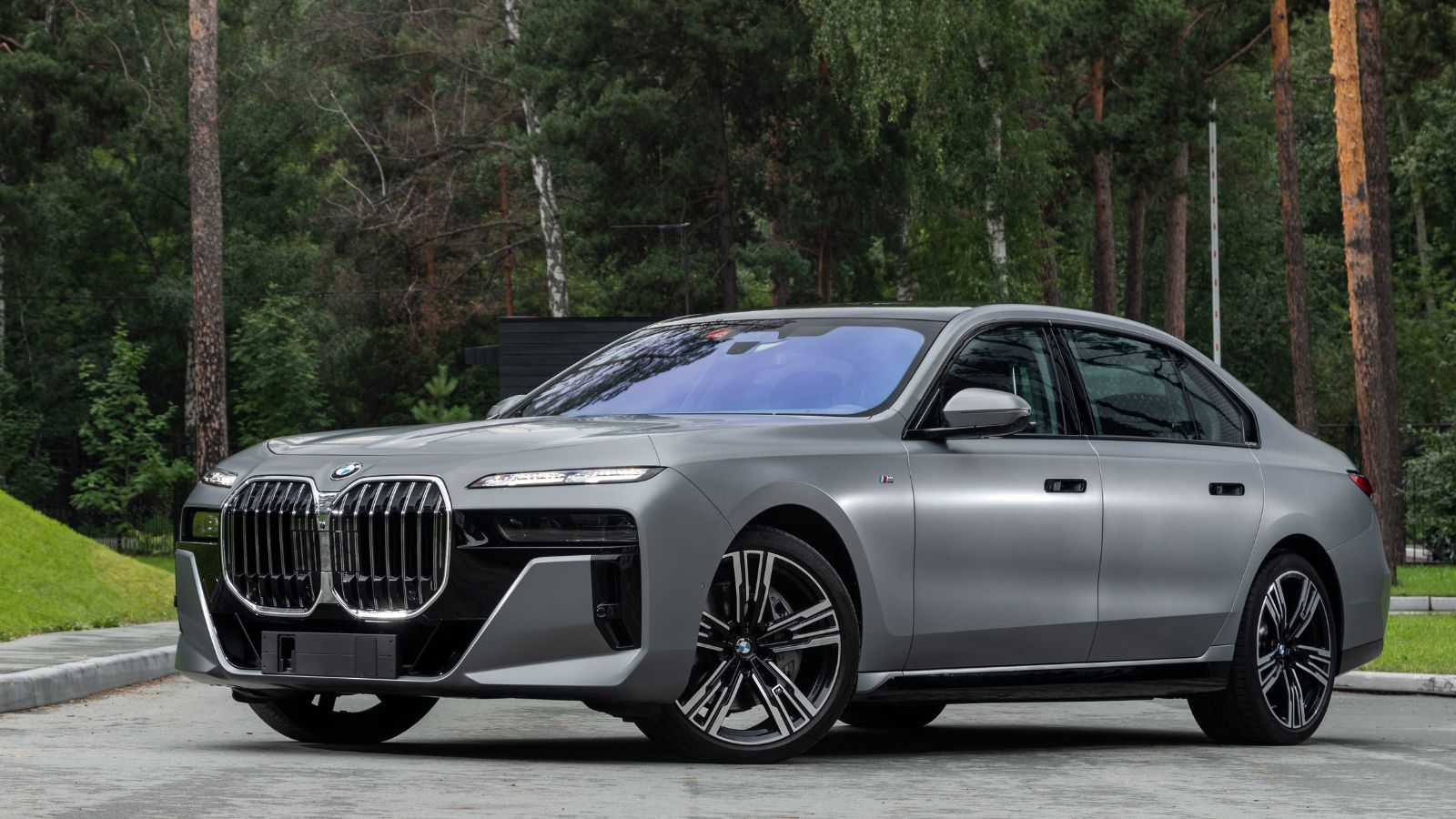
You might wonder how an infotainment system counts as a safety feature. When BMW introduced the iDrive in the 2002 7 Series, it changed how we interacted with cars. By centralizing controls in one system, BMW reduced the number of buttons and dials that driver had to fumble with while keeping their eyes on the road. Okay, the first version was a bit of a disaster—confusing menus and awkward controls made drivers feel like they were trying to launch a space shuttle instead of changing the radio station—but it set the stage for more intuitive, safer car interfaces.
2004 Toyota Prius: The First Mainstream Hybrid with Regenerative Braking
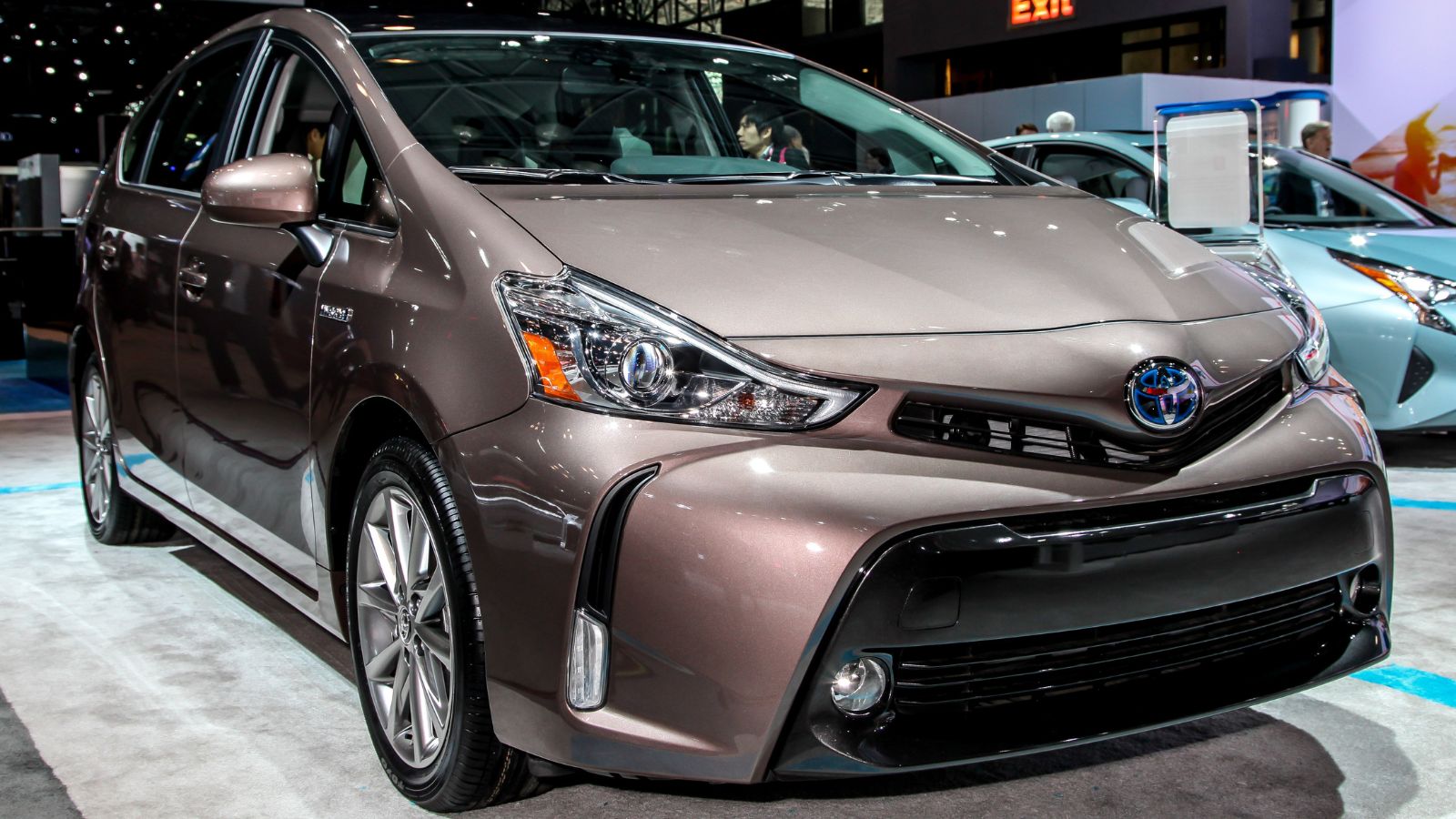
The Prius may have sparked a revolution in hybrid technology, but it also introduced regenerative braking to the masses. This technology converts the energy lost during braking into usable electricity, feeding it back into the car’s battery. What does this have to do with safety? Well, regenerative braking makes for smoother stops, especially in stop-and-go traffic, helping prevent the “slam-the-brakes-and-pray” situation many drivers know all too well. Not to mention, it made the Prius the ultimate eco-warrior, which, in the long run, might be the biggest safety feature of all—saving the planet one brake at a time.
2012 Tesla Model S: Autopilot and Driver Assistance
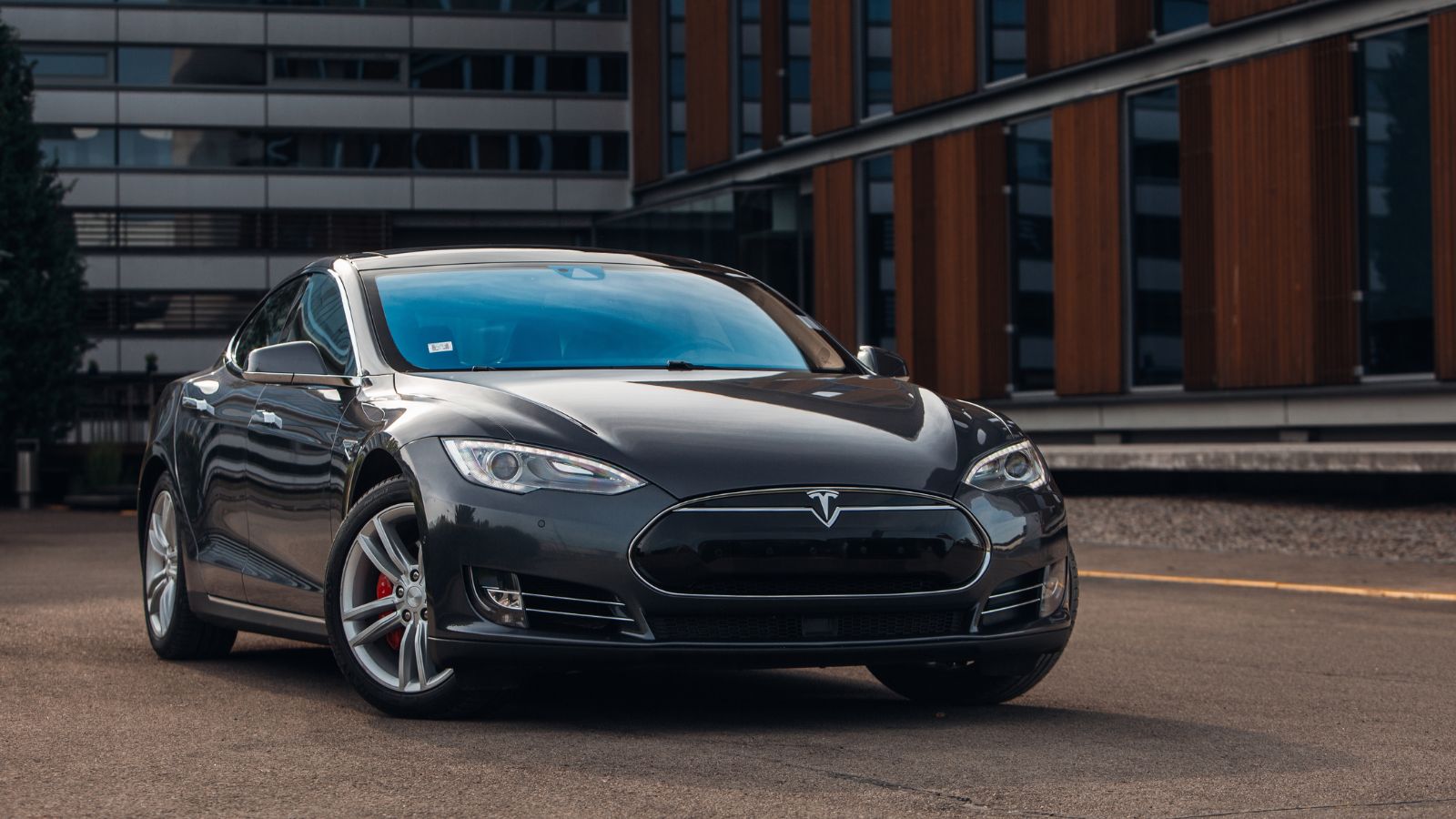
You can’t talk about modern safety features without mentioning Tesla, the car company that decided to make electric cars cool and self-driving cars a reality. The 2012 Model S introduced Autopilot, a driver-assistance system that helped drivers with steering, braking, and acceleration. While it’s not fully autonomous, the technology helps prevent accidents by maintaining safe distances and staying within lanes. Elon Musk’s brainchild has its critics (and a few infamous incidents), but Tesla’s innovations pushed other automakers to develop similar driver-assistance systems.
2020 Ford Mustang Mach-E: Electric Cars with Over-the-Air Updates
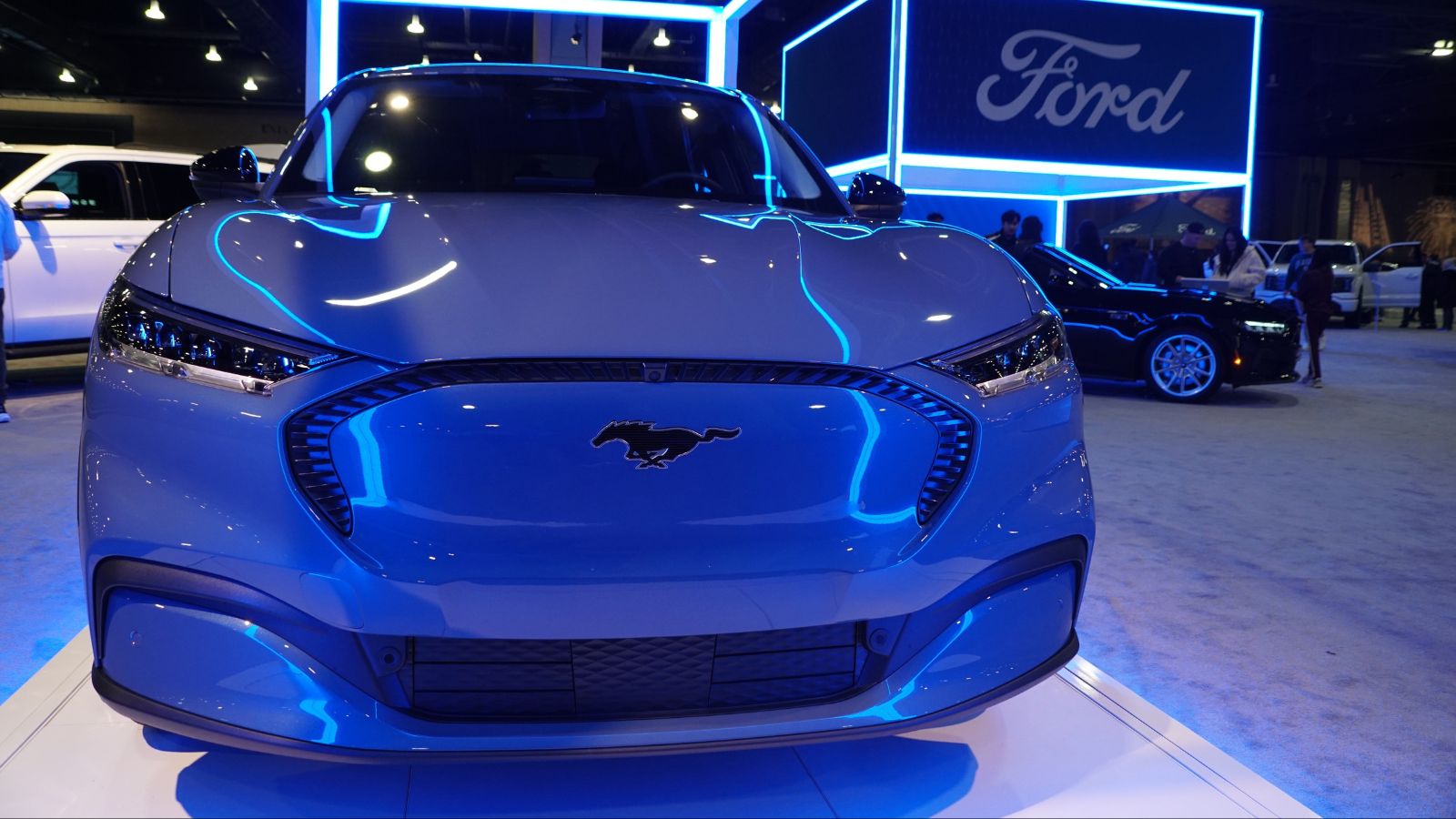
The Ford Mustang Mach-E may be electric, but its real groundbreaking safety feature is its ability to receive over-the-air (OTA) updates. What’s so special about that? Well, in the same way, your phone can update with new features, so can your car. This means safety features can be improved, even after driving off the lot. As cars become more like rolling computers, OTA updates will play a key role in keeping them safer. From software patches to updates for autonomous systems, cars like the Mustang Mach-E are preparing us for a future where even our safety features get refreshed, like an app on our phone.
12 Cars That Are Known for Their Unbreakable Reliability — They Just Don’t Quit
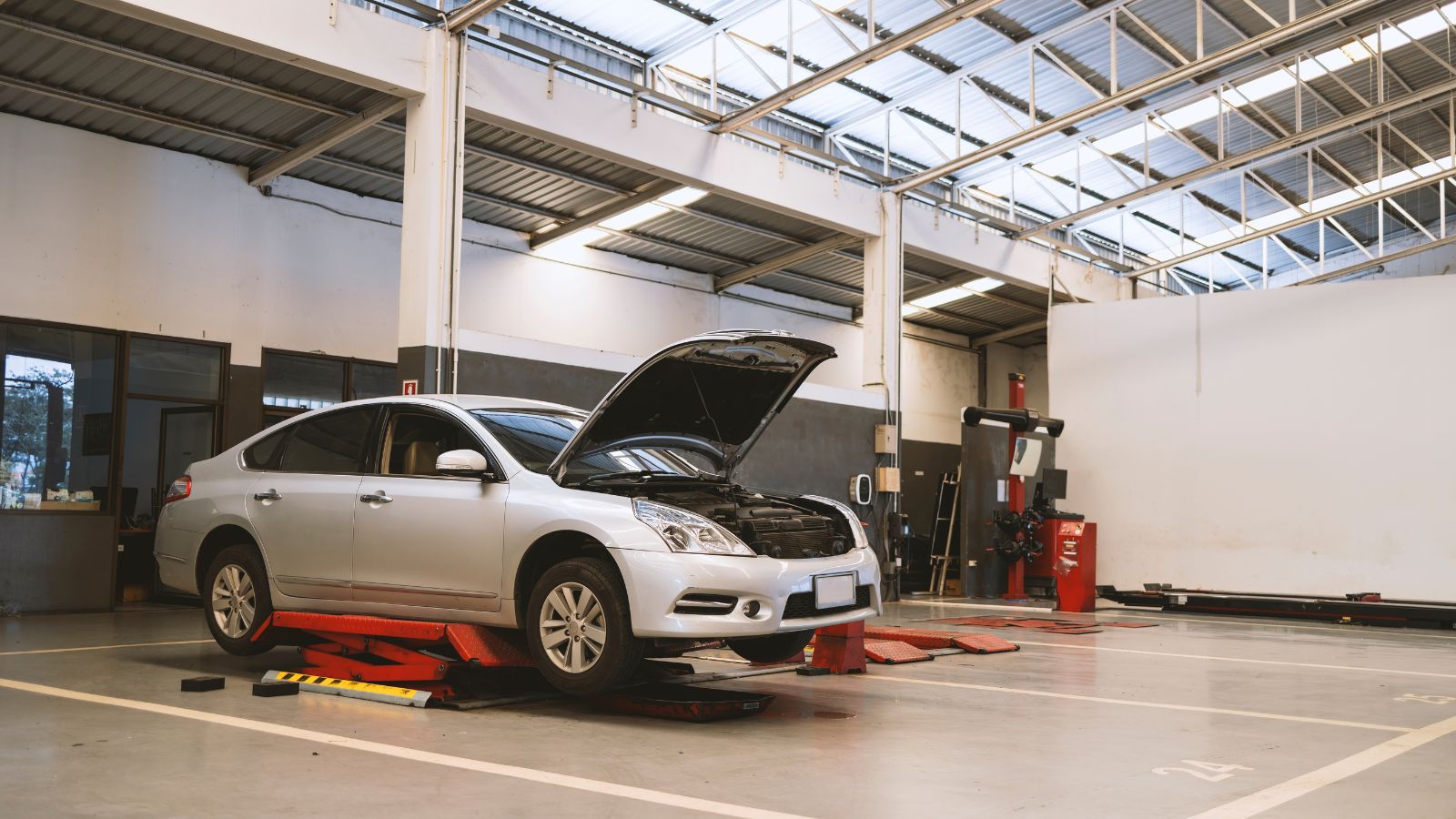
Reliability is a core feature that defines a vehicle. Over the last few decades, some vehicles have emerged as a reliable and durable option, standing out as workhorses that never quit. These vehicles not only prove themselves in terms of performance but transcend their role and become reliable partners, always fulfilling their role. Here are 12 Cars known for their unbreakable reliability.
12 Cars That Are Known for Their Unbreakable Reliability — They Just Don’t Quit
